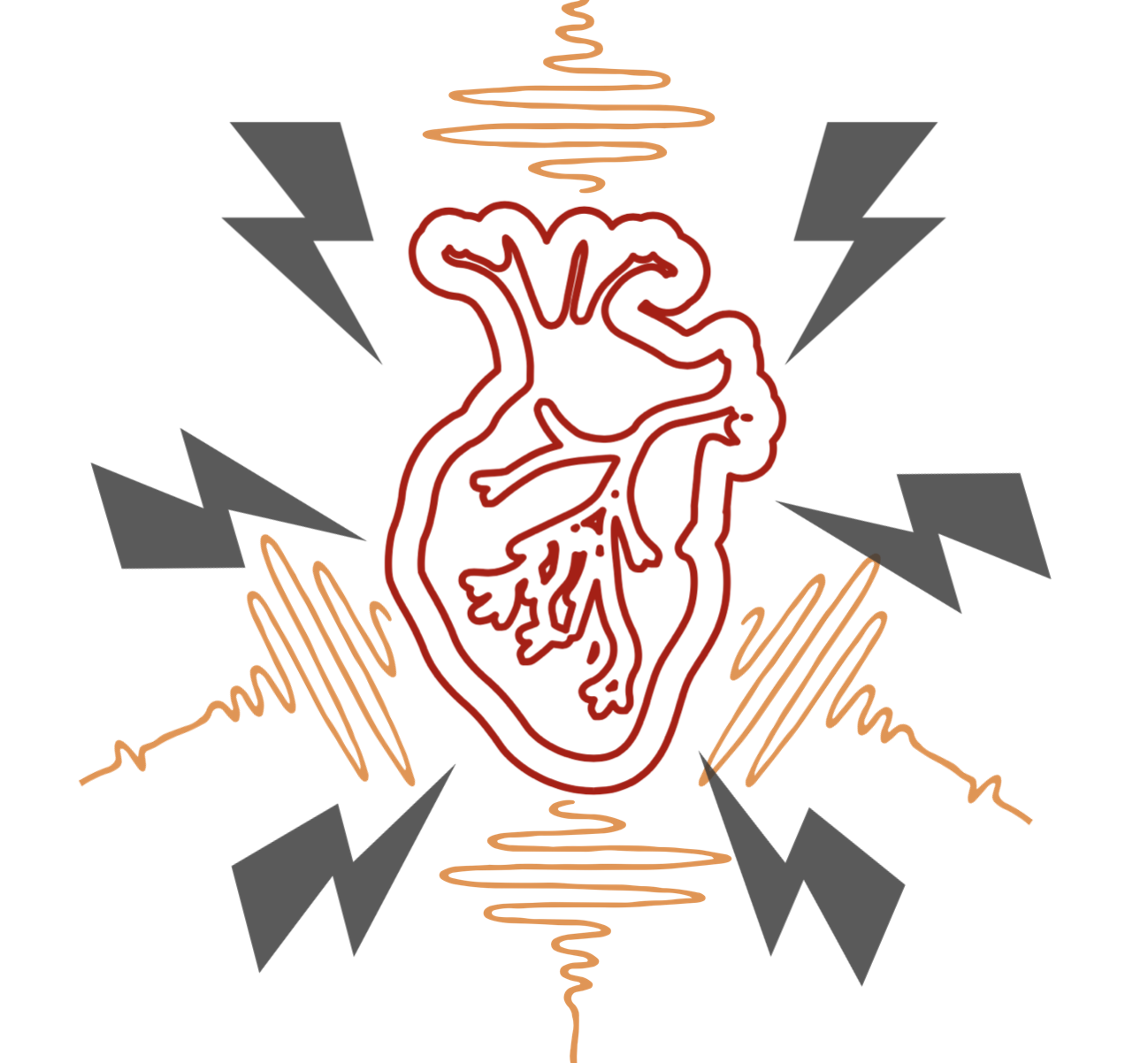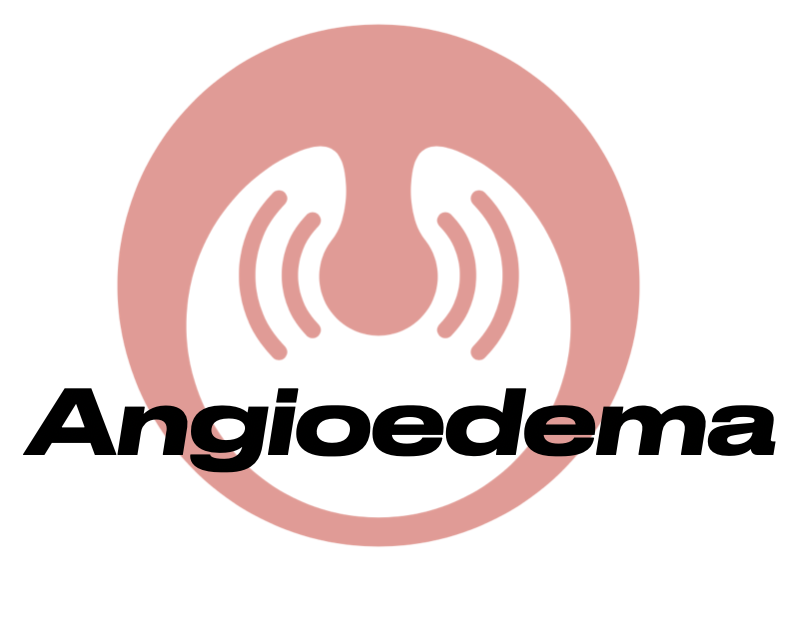Your Migraine Cocktail Didn’t Work? Shake it Up!
/You’ve tried prochlorperizine, ketorolac and fluids and are about to triumphantly discharge the patient when they stop you and inform you they’re still in a debilitating pain. What’s your move? Join Dr. Martina Diaz as she reviews second line and alternative therapies in the management of acute headaches.
Read More


















